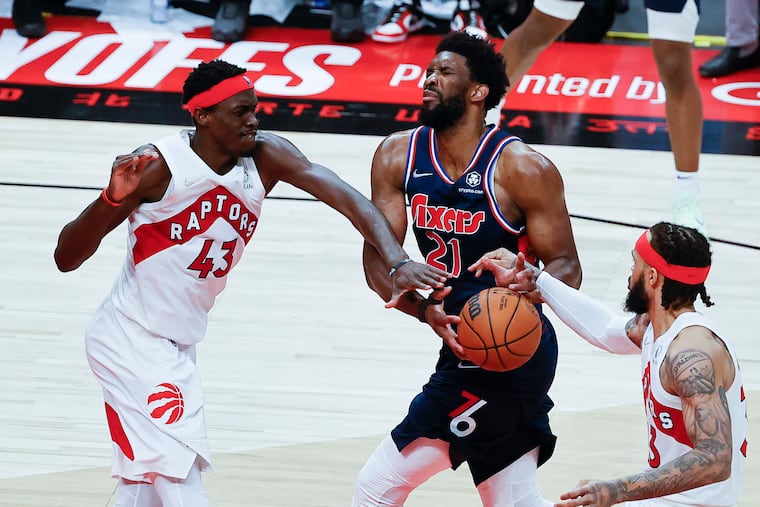Q&A: A doctor and physical therapist explain Joel Embiid’s thumb injury and what comes next
The All-Star center tore a ligament in his right thumb. Two experts discuss what that means for him — and the Sixers.

The All-Star center tore a ligament in his right thumb. Two experts discuss what that means for him — and the Sixers.
